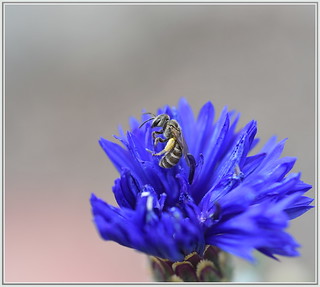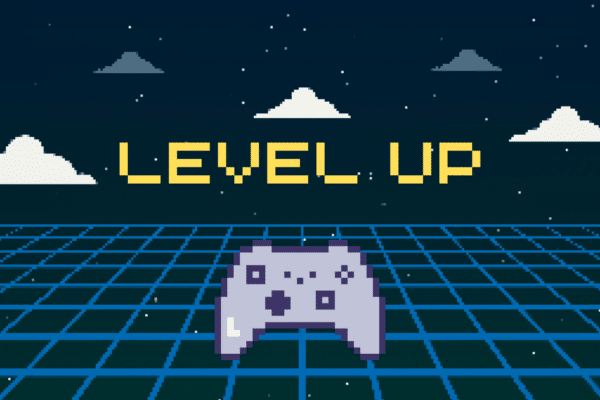#PocketPD: Digital Literacy in Small Doses for Educators

I still remember when I considered productive having a big room full of teachers for a training session on computer skills. It is still vivid in my mind the beginning of Google in which I’d have trainings with teachers on “How to effectively use Google Search”. Were you there when Geocities was around? That was the time when I used to help teachers build their own sites. It was such a huge task. Some were brave enough to endure the technical details. Others gave up quite easily. I went on, and still today I’m there for educators, giving them the support they need to help them feel more self-confident and succeed digitally.
My approach to PD has certainly changed over the years, and now I feel it is much more profitable and effective to have what I call “Pocket PD”, which might take many different shapes and forms, but the idea is basically to break down the development of educators’ digital literacies into more palatable doses that fit their very busy, intense, work-intensive days. Neuroscience has helped us understand that the brain takes a certain amount of information to process and make it part of our long-term memory, and besides the quantity, this information being processed by the brain needs to be retrieved numerous times to make us fluent. No shortcuts, then. Rule of thumb? Small chunks that are really helpful for teachers that they will use them very frequently.
If we start from when they are, using what they need and will apply to their classrooms, chances are we will help them, step by step, getting there. Here’s a very, very simple example of this POCKET PD approach to digital learning. Many teachers at the school I work at, Casa Thomas Jefferson, are now using all sorts of Google tools, such as Google Docs and Google Forms. When they create any activity using those tools, a link is generated, and let me tell you, it is a HUGE link. Also, when teachers want to share a link of any kind with students, it is hard to write it on the board, for example. So, a very simple and important part of teachers’ becoming digitally literate is learning how to shorten a link, and I’d go even beyond, learning how to customize a link to make it memorable, unique and easily retrievable. So, imagine, for example, I want to share with you a link like this one: https://docs.google.com/presentation/d/1BJxbZ4_zi3lIXaRIdMHNNzna0Jx_E9zmSgpLbmccBFM/edit?usp=sharing with the topic Gossip. I want my students to have access to it in their cellphones, and work in pairs to discuss it, say if they agree or disagree, and complete the sentences. A simple classroom activity in which I give control to students. Great. But how do I share with them the link to the presentation? I could share it in our whatsapp group, but still it is a hassle. I need to get the link in my email or open my file to copy it and then add it to the group. Now, if I have a small, memorable link, everything is so much easier. I make it in a way that I even memorize it for my class.
That’s exactly when the small delights of POCKET PD comes in. So, one skill I’ve been training teachers is exactly how to customize and shorten links. In some google docs, for example, the shortened links are already there to be shared, but still, they are alphanumeric, making it very likely to take some time for every student to be on the same page if they need to copy, for example, from the board. The easiest way? Tools like https://bitly.com . If you go to Bitly and sign up for an account, not only will you shorten, but also customize your link as you wish. So, remember my big URL above? You can now open the browser in your cellphone and just type https://bitly.com/gossipclass . Magic!
You might be thinking, “yeah, but teachers could use QR codes, for example”. Sure they can! However, QR Codes mean that they will need to have a QR Reader, and sometimes your audience is not just ready for it, and it implies having an app to read them. Shortened URLs are another very simple option for the digital educator.
Over the years, I’ve realized that for teachers to become digitally fluent, it takes much more than big deeds. It starts from the smallest and simplest skills first to make them feel that they can, that they are evolving and that they are in control. Sometimes, we just take for granted that they need the most basic tricks to get started. And learning how to shorten a URL is part of this digital box of tricks.
Do you have any other POCKET PD experience to share with us?





